Aircraft
| Dimensions |
Unfolded, propellers excluded, 810×670×430 mm (L×W×H)
Folded, propellers included, 430×420×430 mm (L×W×H) |
| Diagonal Wheelbase |
895 mm |
| Weight (with single downward gimbal) |
Approx. 3.6 kg (without batteries)
Approx. 6.3 kg (with two TB60 batteries) |
| Max Payload |
2.7 kg |
| Max Takeoff Weight |
9 kg |
| Operating Frequency |
2.4000-2.4835 GHz
5.725-5.850 GHz |
| EIRP |
2.4000-2.4835 GHz:
29.5 dBm (FCC); 18.5dBm (CE)
18.5 dBm (SRRC); 18.5dBm (MIC)
5.725-5.850 GHz:
28.5 dBm (FCC); 12.5dBm (CE)
28.5 dBm (SRRC) |
| Hovering Accuracy (P-mode with GPS) |
Vertical:
±0.1 m(Vision System enabled)
±0.5 m(GPS enabled)
±0.1 m(RTK enabled)
Horizontal:
±0.3 m(Vision System enabled)
±1.5 m(GPS enabled)
±0.1 m(RTK enabled) |
| RTK Positioning Accuracy |
When RTK enabled and fixed:
1 cm+1 ppm (Horizontal)
1.5 cm + 1 ppm (Vertical) |
| Max Angular Velocity |
Pitch: 300°/s, Yaw: 100°/s |
| Max Pitch Angle |
30° (P-mode, Forward Vision System enabled: 25°) |
| Max Ascent Speed |
S mode:6 m/s
P mode:5 m/s |
| Max Descent Speed (vertical) |
S mode:5 m/s
P mode:3 m/s |
| Max Descent Speed (tilt) |
S Mode:7 m/s |
| Max Speed |
S mode:23 m/s
P mode:17 m/s |
| Service Ceiling Above Sea Level |
5000 m (with 2110 propellers, takeoff weight ≤ 7 kg) / 7000 m (with 2195 propellers, takeoff weight ≤ 7 kg) |
| Max Wind Resistance |
15 m/s |
| Max Flight Time |
55 min |
| Supported DJI Gimbals |
Zenmuse XT2 /XT S /Z30 /H20 /H20T |
| Supported Gimbal Configurations |
Single Downward Gimbal, Dual Downward Gimbals, Single Upward Gimbal, Upward and Downward Gimbals, Triple Gimbals |
| Ingress Protection Rating |
IP45 |
| GNSS |
GPS+GLONASS+BeiDou+Galileo |
| Operating Temperature |
-20°C to 50°C (-4°F to 122° F) |
Remote Controller
| Operating Frequency |
2.4000-2.4835 GHz
5.725-5.850 GHz |
| Max Transmitting Distance(unobstructed, free of interference)) |
NCC/FCC:15 km
CE/MIC:8 km
SRRC:8 km |
| EIRP |
2.4000-2.4835 GHz:
29.5 dBm(FCC);18.5dBm(CE)
18.5 dBm(SRRC);18.5dBm(MIC)
5.725-5.850 GHz:
28.5 dBm(FCC);12.5dBm(CE)
20.5 dBm(SRRC) |
| External battery |
Name:WB37 Intelligent Battery
Capacity:4920 mAh
Voltage:7.6V
Type:LiPo
Energy:37.39Wh
Charging time(using BS60 Intelligent Battery Station ):70 minutes(15°C to 45°C);130 minutes(0°C to 15°C) |
| Built-in battery |
Type:18650 lithium ion battery (5000 mAh @ 7.2 V)
Charging: Use a USB charger with specification of 12V / 2A
Rated power:17 W
Charging time:2 hours15 minutes(Use a USB charger with specification of 12V / 2A) |
| Battery Life |
Built-in battery:Approx. 2.5h
Built-in battery+External battery:Approx. 4.5h |
| USB Power Supply |
5 V / 1.5 A |
| Operating Temperature |
-20°C to 40°C (-4 °F to 104 °F) |
Intelligent Flight Battery
| Name |
TB60 |
| Сapacity |
5935 mAh |
| Voltage |
52.8 V |
| Battery Type |
LiPo 12S |
| Energy |
274 Wh |
| Net Weight |
Approx. 1.35 kg |
| Operating Temperature |
-4°F to 122°F (-20°C to 50°C) |
| Ideal storage temperature |
71.6°F to 86°F (22°C to 30°C) |
| Charging Temperature |
-4° to 104° F(-20°C to 40°C)
(When the temperature is lower than 5°C, the self-heating function will be automatically enabled. Charging in a low temperature may shorten the lifetime of the battery) |
| Charging time |
Using BS60 Intelligent Battery Station:
220V input:60 minutes (fully charge two TB60 batteries), 30 minutes (charge two TB60 batteries from 20% to 90%)
110V input:70 minutes (fully charge two TB60 batteries), 40 minutes (charge two TB60 batteries from 20% to 90%) |
BS60 Intelligent Battery Station
| Dimensions |
501*403*252mm |
| Net Weight |
8.37kg |
| Maximum Capacity |
TB60 Intelligent Flight Battery × 8
WB37 Intelligent Battery × 4 |
| Input |
100-120 VAC,50-60 Hz / 220-240 VAC,50-60 Hz |
| Max. Input Power |
1070W |
| Output Power |
100-120V:750W
220-240V:992W |
| Operating Temperature |
-4°F to 104°F (-20°C to 40°C) |
Vision System
| Vision System |
Obstacle Sensing Range |
Forward/ backward/ Left/ Right:0.7-40m
Upward/ downward:0.6-30m |
|
FOV |
Forward/ backward/ downward:65°(H),50°(V)
Left/ right/ upward:75°(H),60°(V) |
|
Operating Environment |
Surfaces with clear patterns and adequate lighting (> 15 lux) |
| Infrared Sensing System |
Obstacle Sensing Range |
0.1-8m |
|
FOV |
30° (±15°) |
|
Operating Environment |
Large, diffuse and reflective obstacles (reflectivity >10%) |
| Top and bottom auxiliary light |
Effective lighting distance |
5m |
| FPV Camera |
Resolution |
960p |
|
FOV |
145° |
|
Frame rate |
30fps |
Aircraft
Can the downward single gimbal connector be replaced with a dual gimbal connector?
Yes.
To ensure safety, before replacing the gimbal connector, it is recommended to power off the aircraft and remove the TB60 Intelligent Flight Batteries.
What is the ingress protection rating of the M300 RTK? Can I fly in the rain?
The Matrice 300 RTK has a protection rating of IP45. However, the protection rating is not permanently effective and may decrease due to wear and tear. Do not fly in rain heavier than 100mm/24h.
Which propellers come with the M300 RTK?
The M300 RTK comes with standard 2110 propellers. You could also use the 2195 high altitude low noise propellers.
Battery
How long does it take to fully charge two TB60 Intelligent Flight Batteries?
With 220V power supply: It takes about 60 minutes to fully charge two TB60 Intelligent Flight Batteries; and about 30 minutes to charge them from 20% to 90%.
With 110V power supply: It takes about 70 minutes to fully charge two TB60 Intelligent Flight Batteries, and about 40 minutes to charge them from 20% to 90%.
How many batteries can the Battery Station charge at the same time?
It can simultaneously store eight TB60 Intelligent Flight Batteries and four WB37 Intelligent Batteries. It can charge two TB60 Intelligent Flight Batteries and one WB37 Intelligent Battery at the same time. Batteries with the highest battery levels will be recharged first, followed by the ones with lower levels.
How do I maintain the TB60 Intelligent Flight Battery?
- Before using, mark two TB60 Intelligent Flight Batteries as a pair that will always be charged/discharged together to ensure optimal performance.
- Do not charge immediately after a flight. Let the battery cool down to room temperature before charging.
- The ideal charging temperature of TB60 Intelligent Flight Battery is 15 °C – 40 °C;
- The ideal storage temperature of TB60 Intelligent Flight Battery is 22 °C – 30 °C. Make sure they are stored in an environment that is free of moisture and not in direct sunlight.
- If a battery won’t be in use for more than 10 days, please discharge it until the battery level drops to 40% – 65%, and store it properly. Charge and then discharge the battery every 3 months to keep it healthy.
Can the TB60 Intelligent Flight Battery be used in low-temperature environments?
The operating temperature of the TB60 Intelligent Flight Battery is -20°C to 50°C. When the battery is used in a low-temperature environment, note that the battery life will be reduced. To optimize performance in the cold, it is recommended to warm the battery up to 15 °C before use.
When charging the batteries in an environment between -20 °C and 5 °C, the self-heating function will be activated to raise the battery’s temperature to above 5 °C.
Once installed on the aircraft and the power is turned on, if the battery’s temperature is low, it will automatically self-heat to keep the temperature at about 16 °C to 20 °C.
Does the M300 RTK support TB50 / TB55 Intelligent Flight Batteries?
No.
Can TB60 Intelligent Flight Battery be carried onboard an airplane?
The capacity of the TB60 Intelligent Flight Battery is 274 Wh and cannot be carried on board airplanes according to airline regulations.
Why is the battery warm while in storage?
When the battery is stored for a long time, to ensure storage safety and to extend battery life, the battery will automatically start self-discharging to about 65%. It’s normal for the battery to feel slightly warm during this process.
Can the drone take off when two batteries are at different battery levels?
The M300 RTK can take off if the voltage discrepancy of the two batteries is within 0.7 V. If it is unable to take off, the app will inform you that “the power discrepancy in the two batteries is too large”.
Remote Controller
Are remote controllers of M300 RTK compatible with the other DJI products?
No.
What type of image output port does the DJI Smart Controller Enterprise provide?
HDMI port.
What transmission system is used in the DJI Smart Controller Enterprise use?
OcuSync Enterprise.
What are the screen size, resolution, and maximum brightness of the DJI Smart Controller Enterprise?
It comes with a built-in 5.5-inch 1920×1080p high-brightness touch screen with a maximum brightness of 1000 cd/m².
Does the DJI Smart Controller Enterprise support 4G dongles?
Yes. It supports the ZTE MF833V dongle.
Does the DJI Smart Controller Enterprise support CrystalSky?
No. Due to the limited processing power of the CrystalSky, it cannot support advanced intelligent functions of the M300 RTK.
Transmission
How many camera feeds can be viewed at the same time?
- Dual Remote Controller Mode: view up to 3 live feeds simultaneously (including FPV camera);
- Single Remote Controller Mode: view of up to 2 live feeds simultaneously (including FPV camera).
Can I capture photos or videos using the FPV camera?
No.
Payloads
Which payloads are compatible with M300 RTK?
The M300 RTK is compatible with DJI’s L1, P1, Zenmuse H20 series, Zenmuse XT S, Zenmuse XT2, Zenmuse Z30, and third-party payloads developed using DJI Payload SDK.Please download the latest firmware of the payloads and update the firmware before using them with M300 RTK.
How many payloads can be mounted at the same time?
M300 RTK can carry 3 payloads at the same time using the dual downward gimbal connector and the upward gimbal connector.
What payload configurations does the M300 RTK support?
The M300 RTK supports the following payload configurations:
- Single downward gimbal: Zenmuse XT2, Zenmuse XT S, Zenmuse Z30, Zenmuse H20, Zenmuse H20T, and third-party payloads developed on PSDK. Dual gimbals: Zenmuse XT2 + Zenmuse Z30; Zenmuse XT2 + Zenmuse H20; Zenmuse XT S + Zenmuse Z30; Zenmuse XT S + Zenmuse H20; and one of the above single gimbal with a third-party payload developed on PSDK
- Three gimbals: one of the above dual gimbal configurations + a third-party payload developed on PSDK
Note: The Zenmuse XT2 can only be mounted on the right downward gimbal port (Left and right are determined from the perspective of looking directly at the drone from the front).
Can I control multiple gimbals simultaneously?
You can control the movements of each gimbal simultaneously, but you can’t take photos/videos simultaneously.
Can I control the angle of the FPV camera through a remote controller?
No, the angle of the FPV camera cannot be changed.
Does the M300 RTK support the Zenmuse XT, Zenmuse X4S, Zenmuse X5S, or Zenmuse X7?
No.
RTK
Does the M300 RTK support PPK technology?
Support for PPK is coming soon.
Is the M300 RTK capable of delivering survey-grade data?
When equipped with a third-party payload designed to capture data at survey-grade accuracy, the M300 RTK can be used to conduct surveying missions. The specific data accuracy depends on the performance and compatibility of the third-party cameras. For more information, please fill out the Contact Us form at the bottom of the page, and we will reach out to you as soon as possible.
Is the M300 RTK compatible with the D-RTK 2 Mobile Station for the M210 RTK V2 or the one for Phantom 4 RTK?
Yes. Please refer to the user manual of the M300 RTK and upgrade the firmware of the D-RTK 2 Mobile Station. Please note that different modes need to be selected when using the Mobile Station with the M210 RTK V2, Phantom 4 RTK, or M300 RTK. The D-RTK 2 mobile station only supports one of the three models at a time. For more details, please refer to the user manual.
How does the M300 RTK acquire real-time differential data?
The M300 RTK obtains real-time differential data in the following two ways:
- By connecting to the D-RTK 2 Mobile Station (RTCM3.2)
- By connecting the remote controller to an NTRIP network RTK service through a 4G dongle or a WiFi hotspot (supports RTCM3.0/RTCM3.1/RTCM3.2)
Can one D-RTK 2 Mobile Station support multiple M300 RTK drones simultaneously?
Yes, there is no limit to the number of drones that can be used simultaneously.
Software
How do I update the firmware?
- Via computer: use DJI Assistant 2 For Matrice by connecting to a computer to update the firmware of the aircraft, remote controller, and D-RTK 2 Mobile Station.
- Via DJI Pilot app: update the firmware of the aircraft, remote controller, and BS60 Intelligent Battery Station.
Please refer to the user manual for details.
What apps and software are supported by the M300 RTK?
Currently only DJI Pilot App (Android version) is supported.
Which SDKs are available on the M300 RTK?
M300 RTK supports DJI Onboard SDK, Payload SDK, and Mobile SDK. For technical support.
Other
Can I use my M300 RTK across different regions/countries?
No. Before purchasing, please confirm with your DJI Enterprise dealer about where the drone can be used.
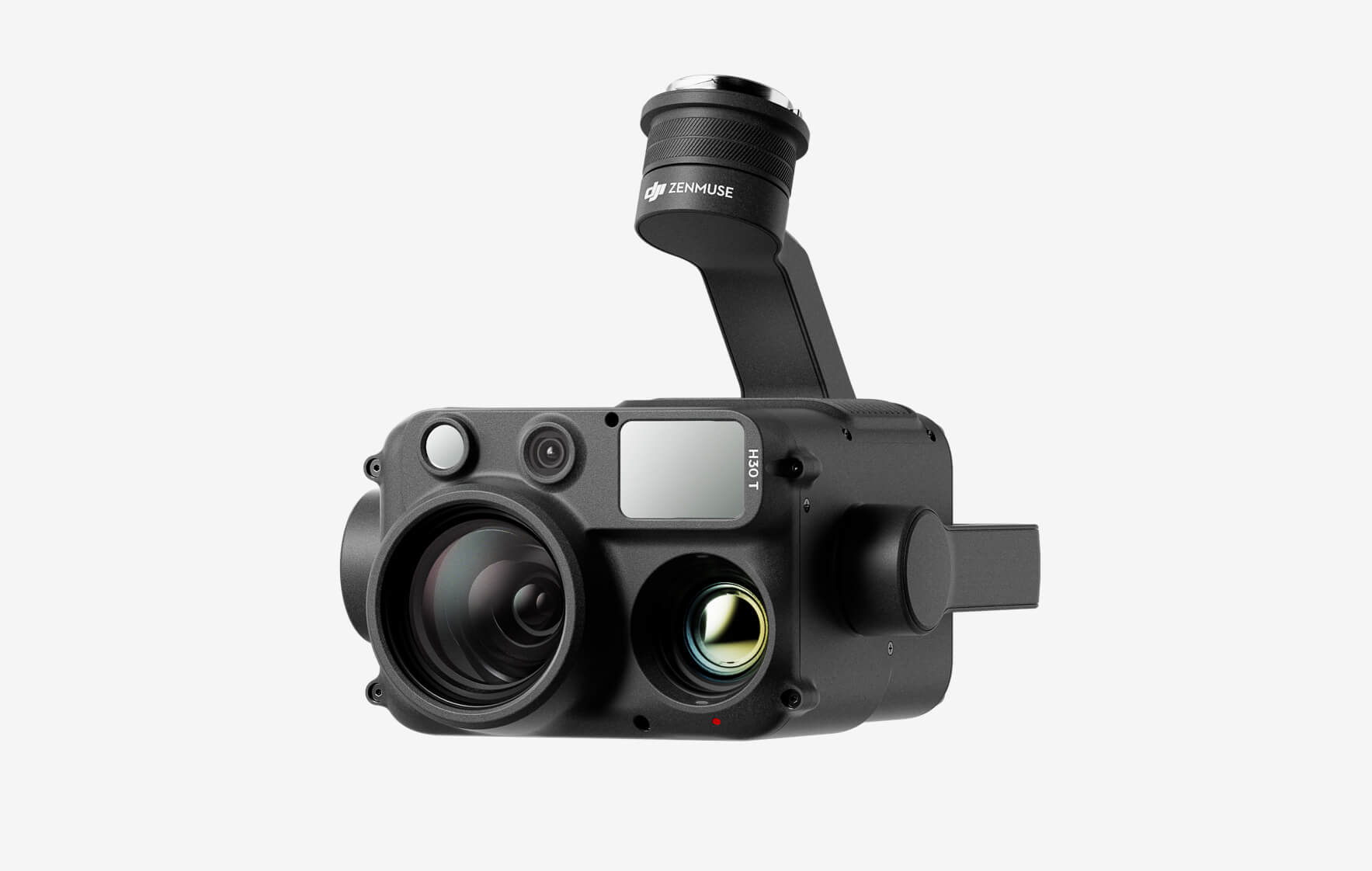

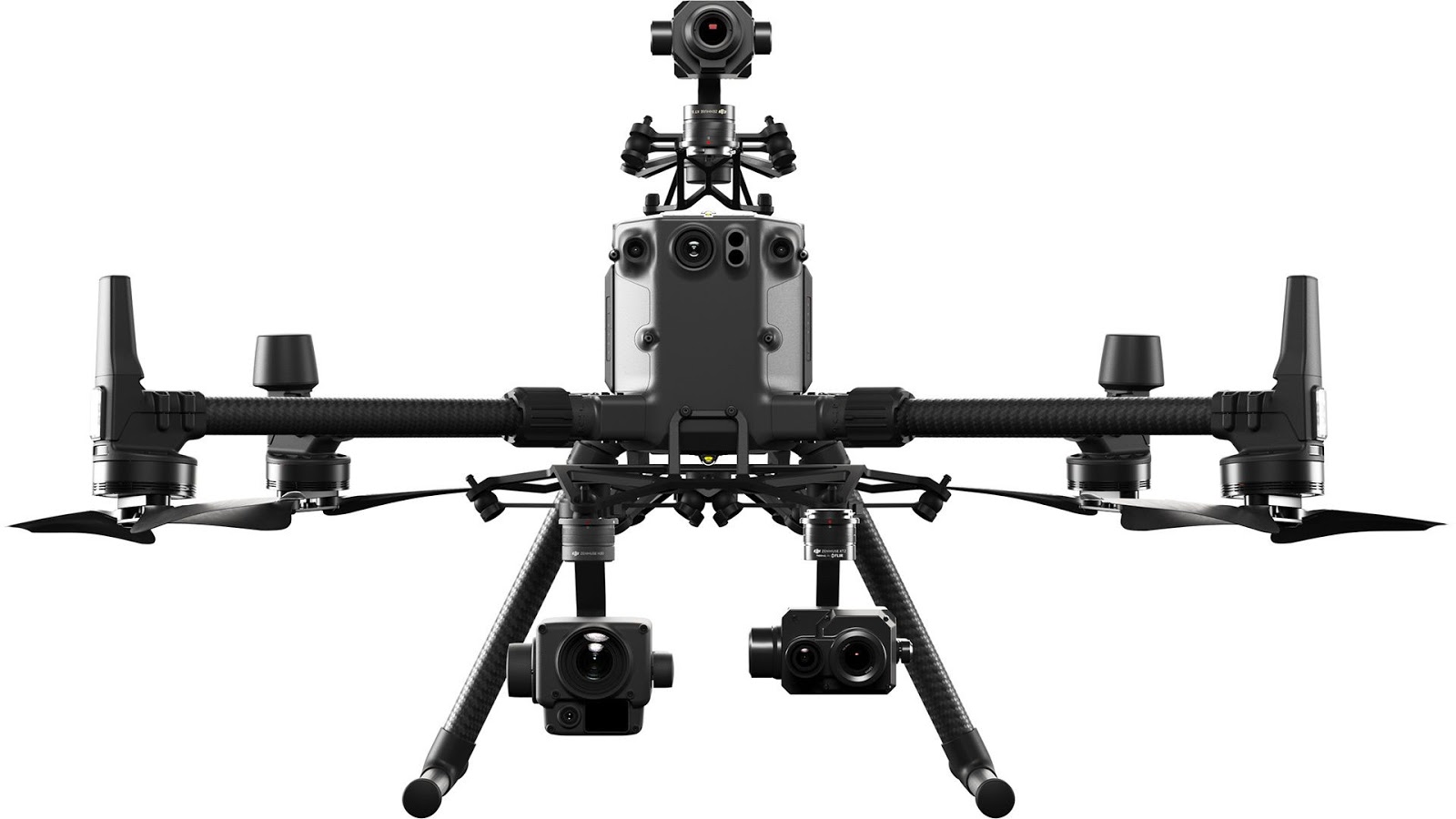
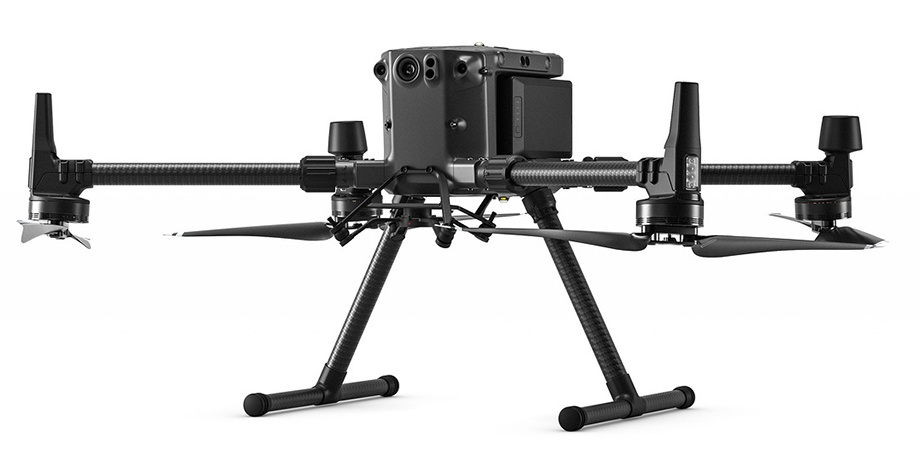
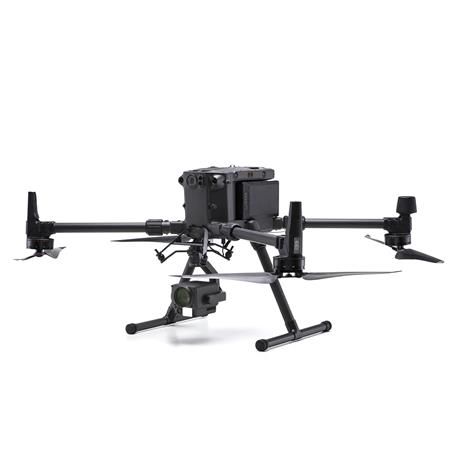
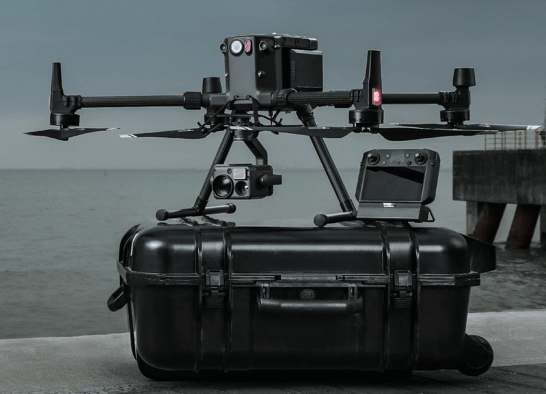
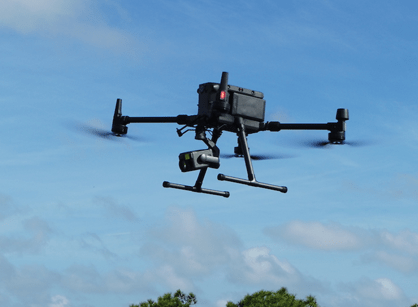
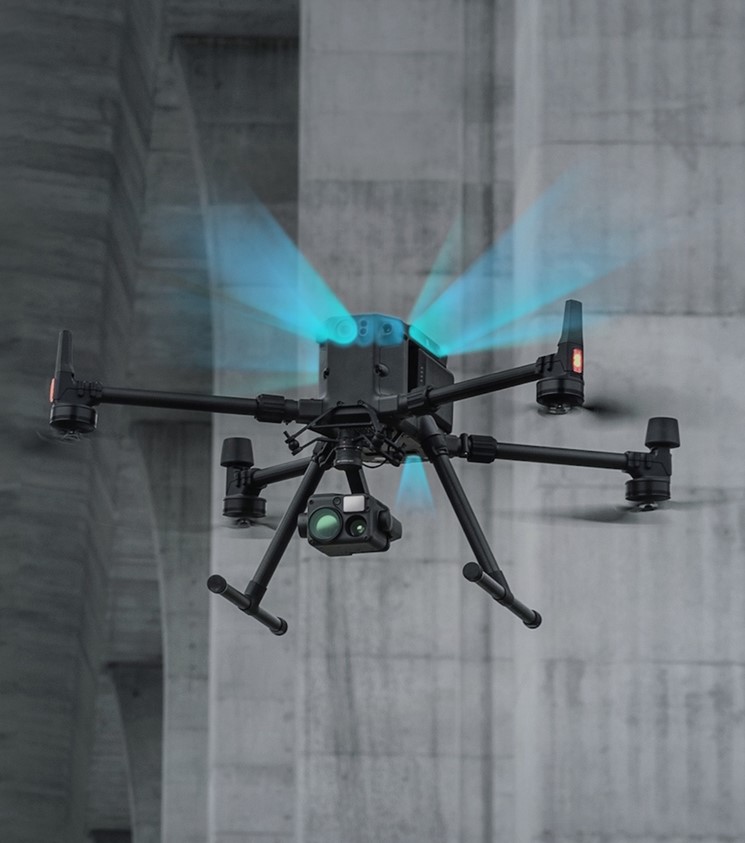
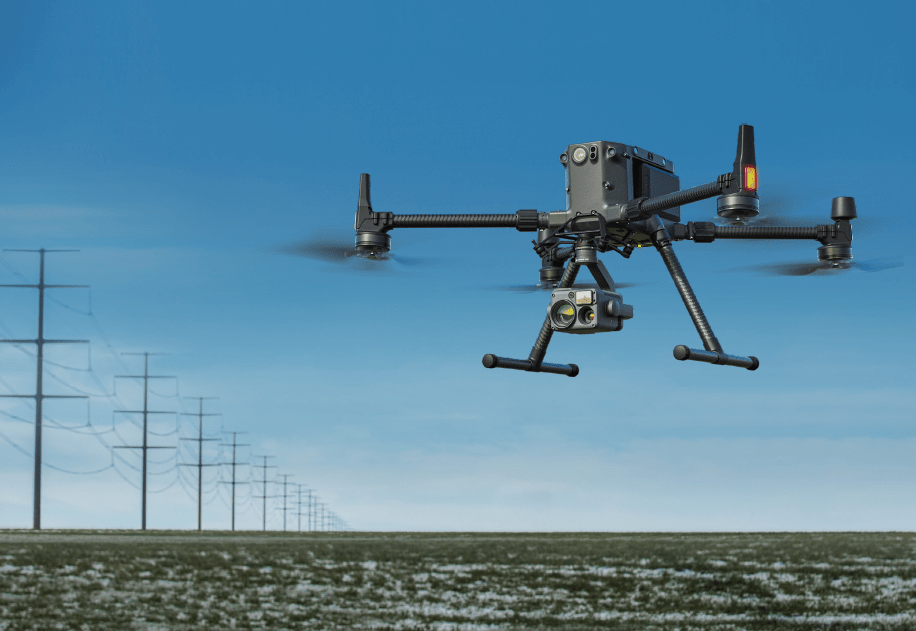
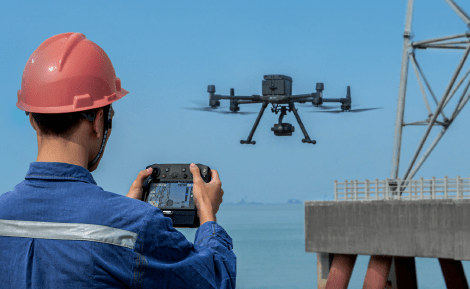

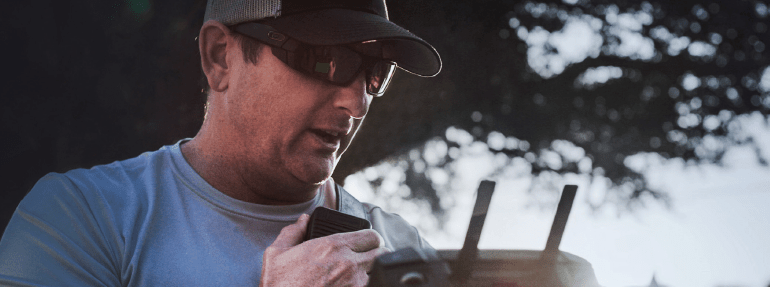
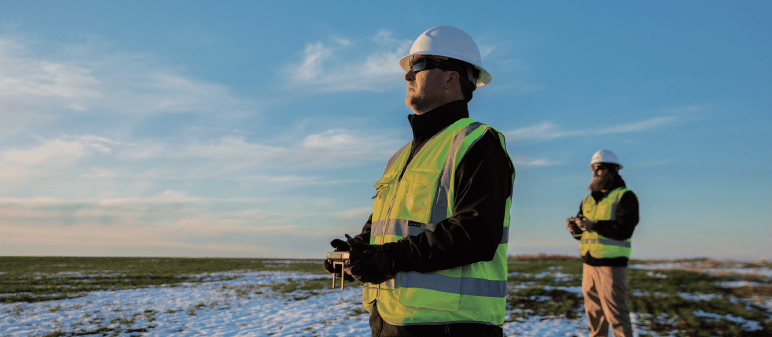
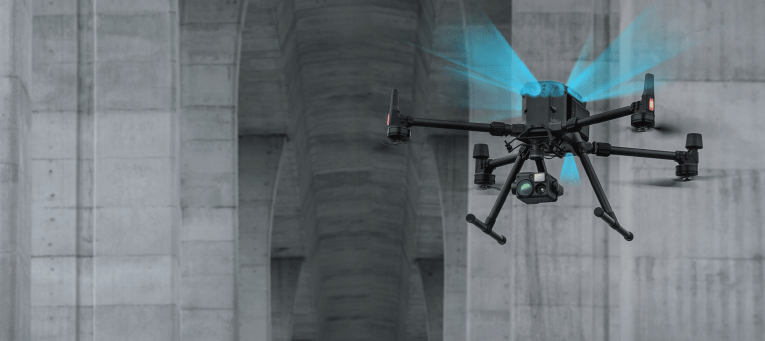
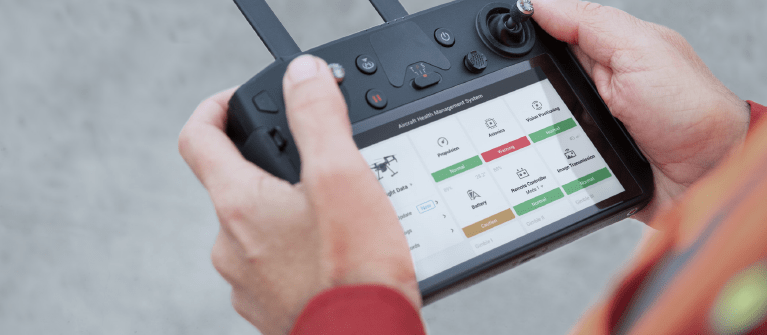
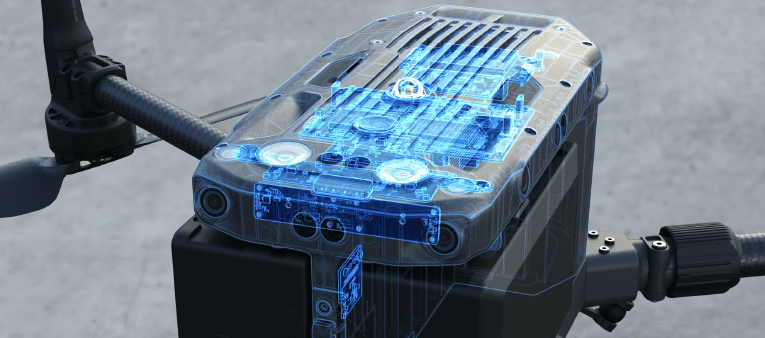
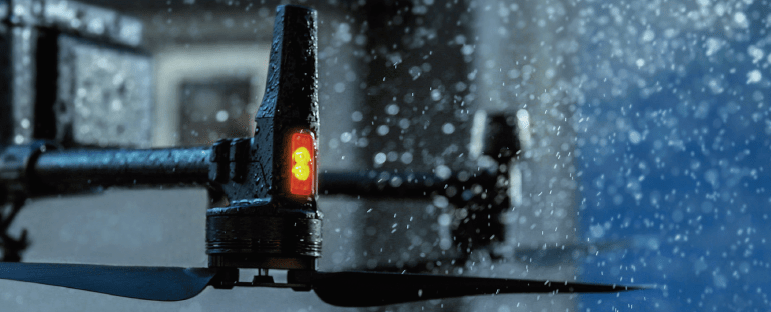
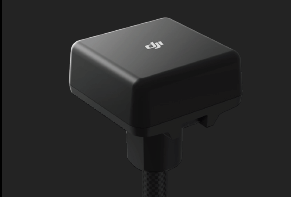
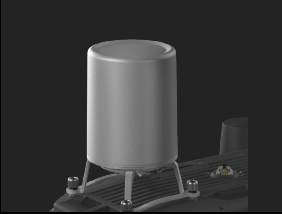
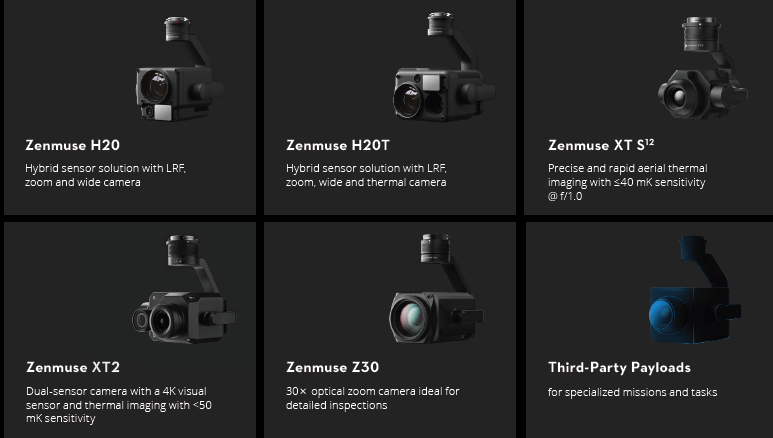
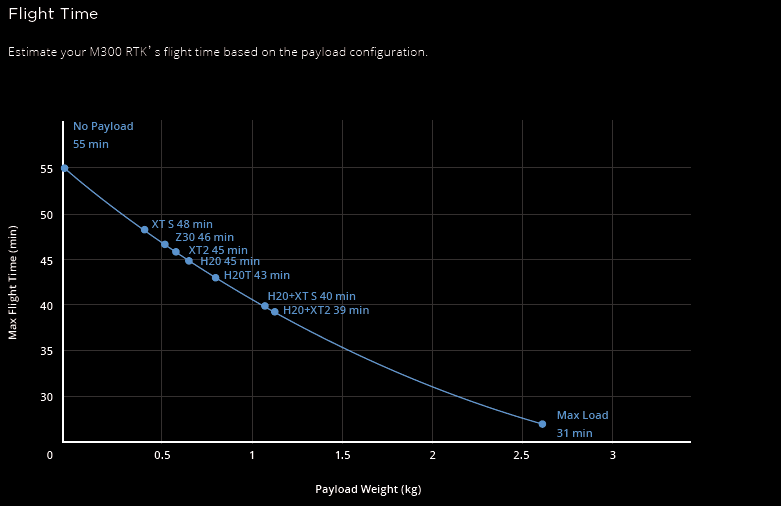
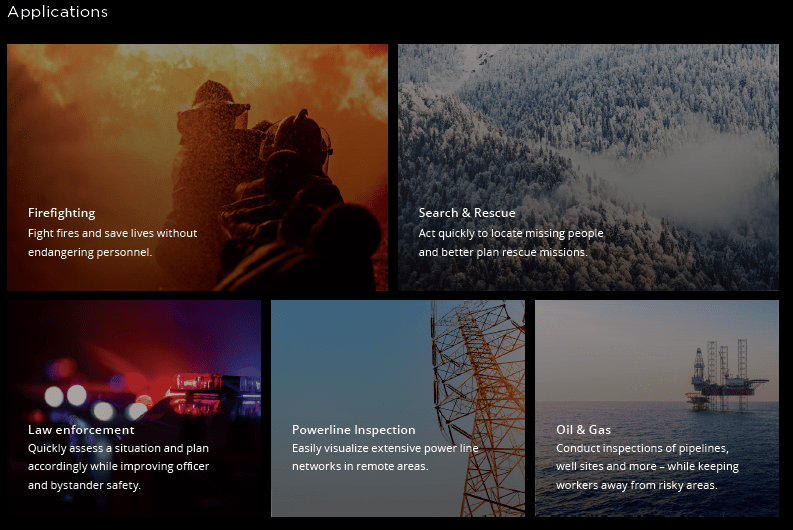
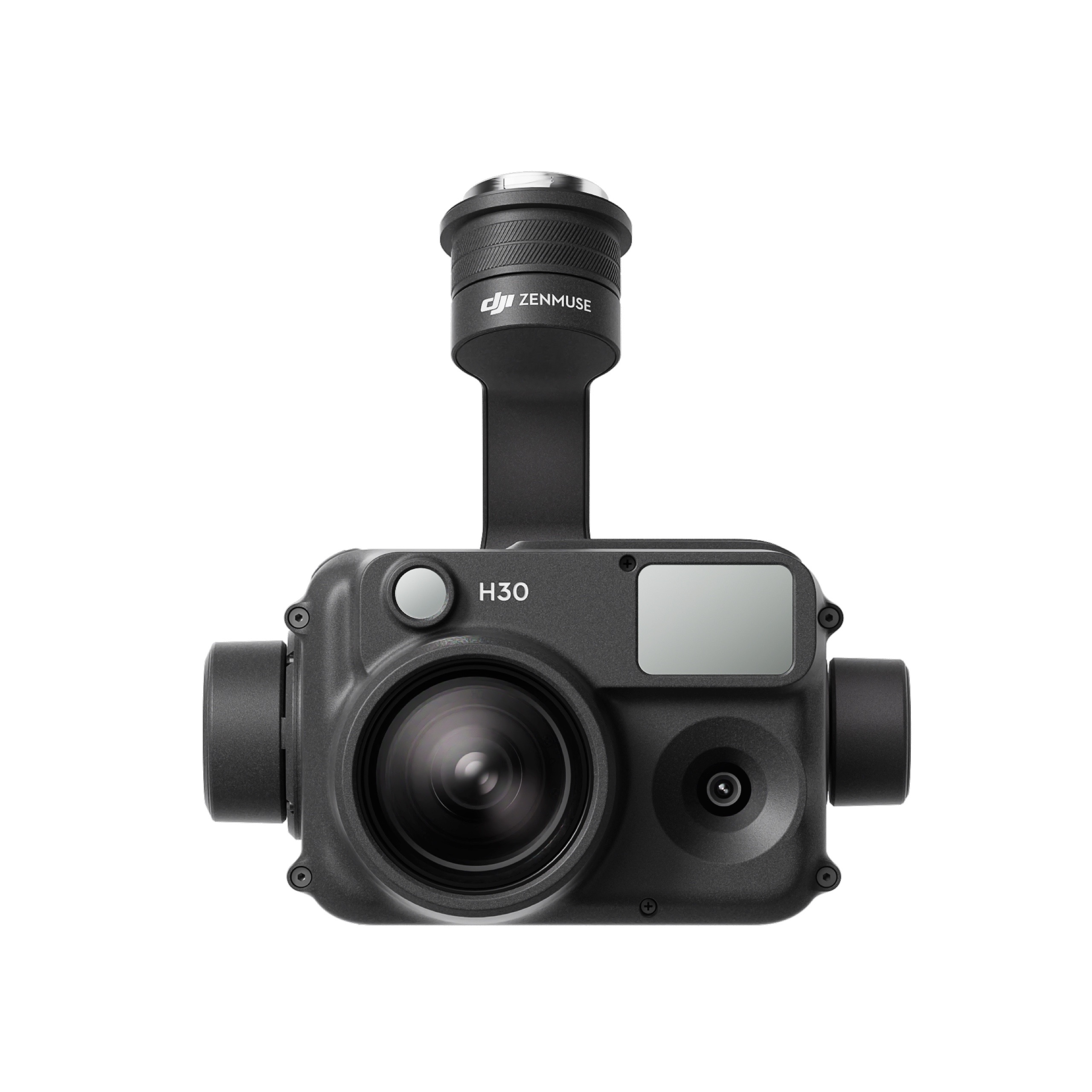
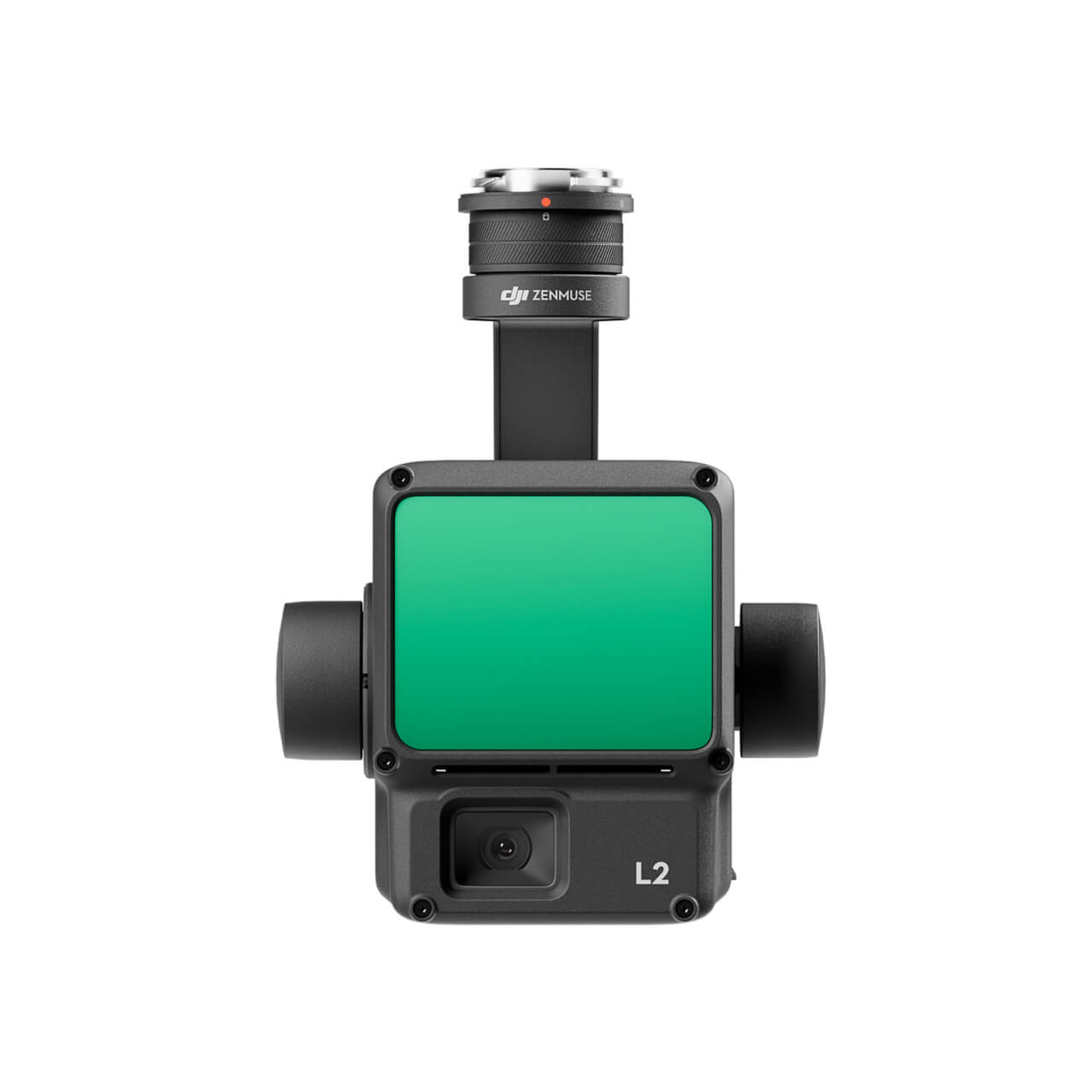
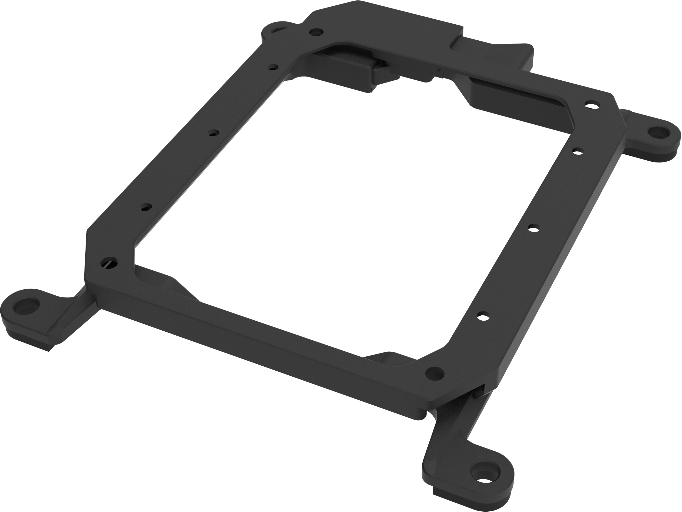
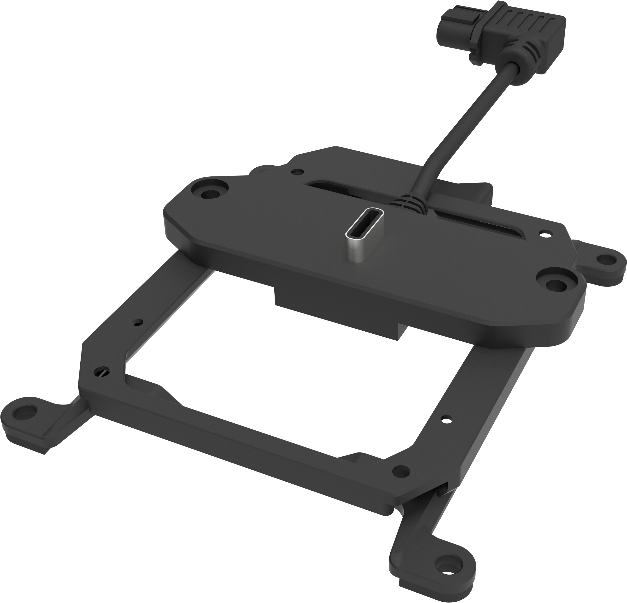

There are no reviews yet.